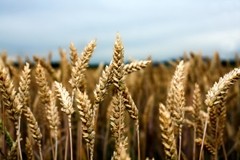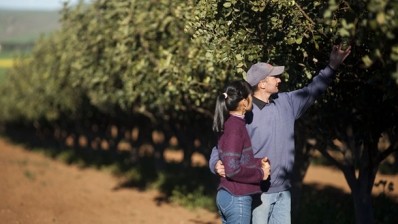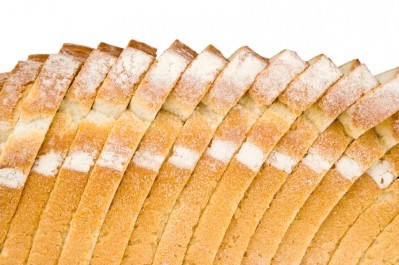Cropping a blow
Wheat the high point of a heat-affected Australian harvest

However, the world’s second biggest wheat exporter has raised its production estimate of the grain for the current marketing year by a small amount from its December estimate as the crop has mostly escaped damage from Australia’s summer heatwave and floods this year.
Stable production of wheat will ease global concerns of a wheat shortage with fears that drought will erode the US crop.
Rainfall too late
In releasing the Australian Crop Report, Abares’ executive director, Paul Morris, said the heavy rainfall in late January came too late to benefit early-sown crops.
However, this precipitation is expected to benefit some late-sown summer crops and increase the area planted for some summer crops with a later planting window.
“The drier and warmer conditions in late spring and early summer have resulted in many producers not fully realising their planting intentions for grain sorghum and reduced yield prospects,” Morris said.
Compared with record production last year, Abares forecast total summer crop production to be around 13% lower in 2012-13, at 4.8m tonnes. However, this is still around 14% higher than the average of 4.2m tonnes over the five years to 2011-12.
Grain sorghum production is forecast to decrease by 23% to 1.7m tonnes this year and production of cotton lint and seed is forecast to fall by 21% each to 945,000 and 1.3m tonnes respectively. In contrast, rice production should rise by 15% to around 1.1m tonnes.
This latter statistic is because, according to Morris, “the recent flooding in some summer cropping regions has so far only caused minor damage to summer crops.”
Winter doing better
Generally dry conditions during the growing season in the winter cropping zone are estimated to have resulted in winter crop production falling by 22% this year to 35.8m tonnes, but represent a marginal upward revision from the forecast of 35.1m tonnes released by Abares in December.
For the major winter crops this year, wheat production should have reached around 22m tonnes—down from last year’s record of 29.9m tonnes but still up 0.2% from its December estimate; barley production is estimated to have reached 7.1m tonnes, while canola production is expected to have been 3.1m tonnes.
Morris said the winter crop harvest in Queensland and New South Wales was completed before the recent flooding and was largely complete in south-eastern Australia before the recent bushfires started.
















